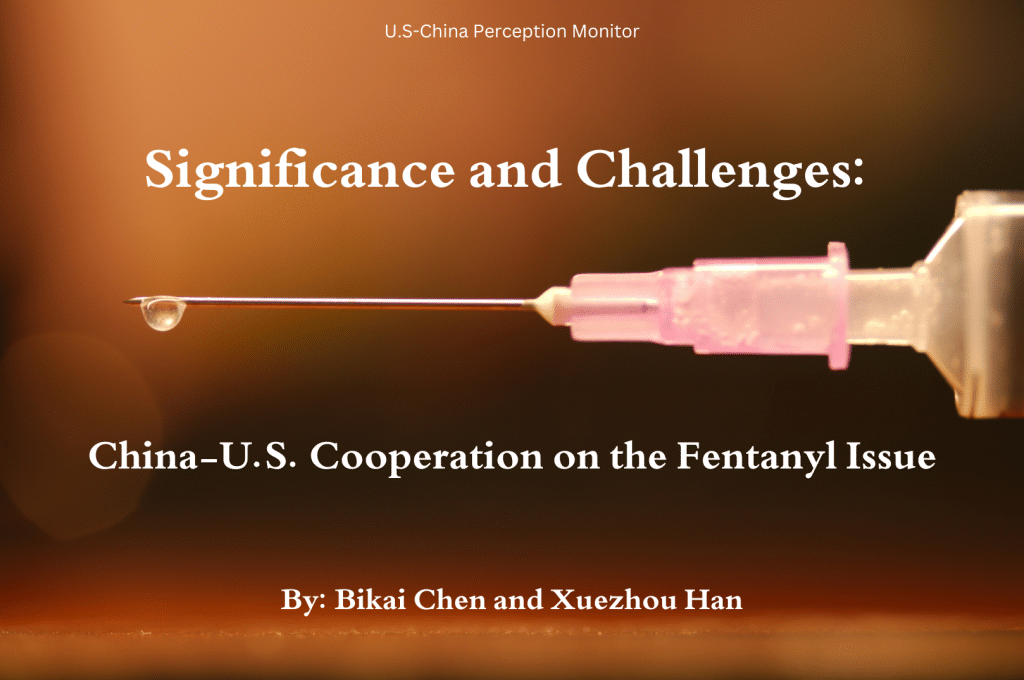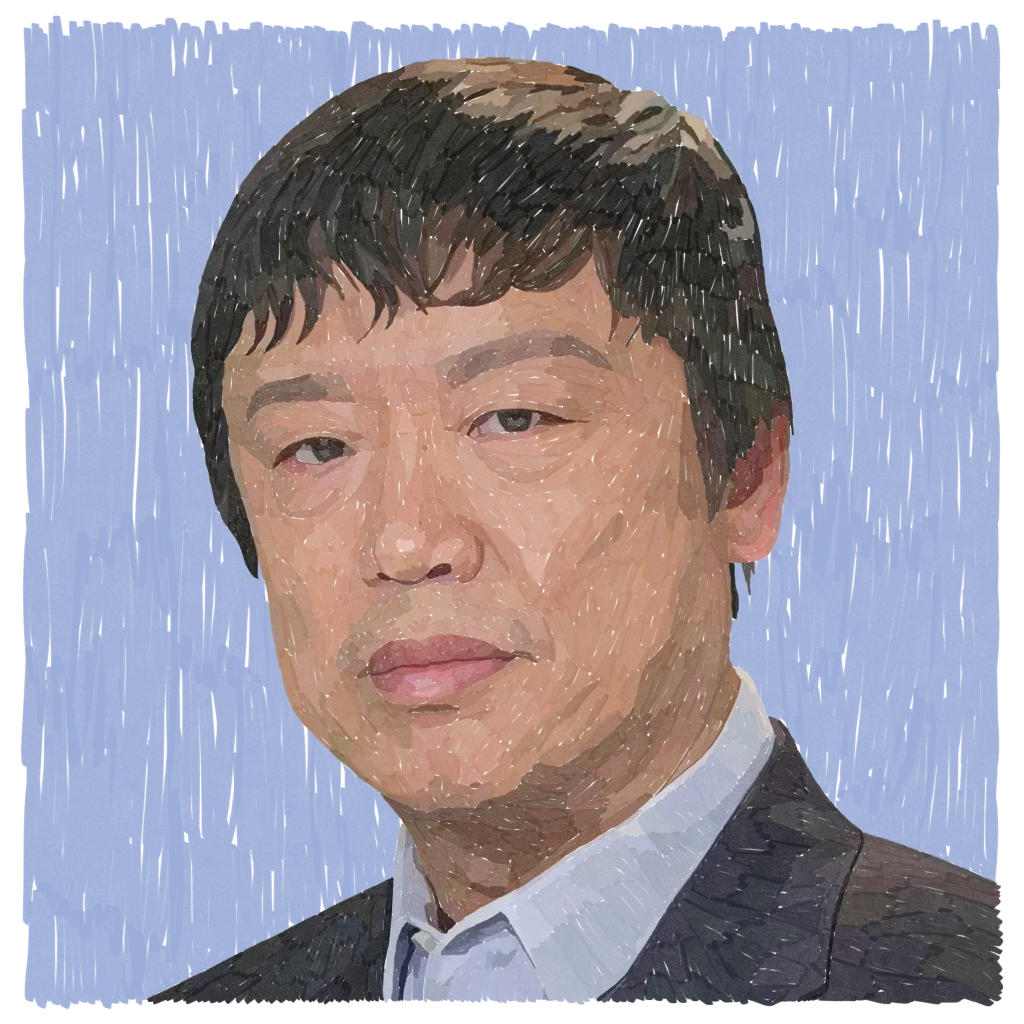Significance and Challenges: China-U.S. Cooperation on the Fentanyl Issue
Ethiopia’s Grand Renaissance Dam: Assessing China’s Role
In early May, US Secretary of State Antony Blinken announced that the special envoy for the Horn of Africa would be visiting the continent. The purpose? To de-escalate tensions over an infrastructure project. Since 2011, Ethiopia has been constructing what some consider as the high-water mark of Ethiopian infrastructure: the Grand Ethiopian Renaissance Dam (GERD). Tapping into the resources of the Blue Nile, the GERD presents a game-changing opportunity for Ethiopians to develop the country’s electricity infrastructure, badly needed for a country where 65% of citizens are not connected to the electrical grid.
A cascade of four dams, the GERD is a large undertaking; the project will generate 5,250 megawatts, costing an estimated total of $4.6 billion. Despite the massive expense of the project, Ethiopia has found a willing supporter: China. Granting $652 million in loans to Ethiopia in 2017 alone, Chinese companies have also undertaken some of the construction work, with the Chinese Gezhouba Group and Voith Hydro Shanghai receiving contracts to speed development. China has also played a role in developing other infrastructure related to the project, such as providing a 2013 loan of $1.2 billion USD in 2013 to build power transmission lines connecting the dam with nearby towns and cities.
However, the GERD has generated extensive controversy among neighboring states such as Egypt and Sudan, who claim that the project is illegal and illegitimate. The source of controversy dates back to long-running legal disputes over which country has title to the Nile’s resources. In 1929, for example, an agreement was signed in the Anglo-Egyptian Treaty establishing Nile water rights for Egypt. This was further substantiated by a 1959 agreement between Egypt and Sudan, which created provisions that allocated water between the two nations. Since Ethiopian highlands supply over 85% of the water that flows into the Nile, however, the Ethiopian government argues that the country has a right to the water and to use the Nile to provide affordable electricity to Ethopian citizens.
Egypt has since acted to stymie proposed Ethiopian infrastructure projects on the Nile. The GERD is unique in that construction commenced despite Egyptian opposition. Adopted during a time of weakness for Egypt following the Arab Spring, the 2011 commencement of construction of the GERD has since been perceived as diametrically opposed to Egyptian interests. Egyptian politicians have argued that Egypt is fundamentally reliant on the Nile, with 90% of their water needs being met through the river. Furthermore, they argue that GERD creates an “existential threat” to Egyptian water needs by risking shortages when water gets routed to Ethiopia; in their view, the ability for Egyptians to access water would be entirely dependent on the whims of Ethiopian leadership. Leaders in Sudan are similarly opposed to the GERD. Sudanese leaders have claimed that the dam could jeopardize their own infrastructure projects, creating safety hazards that hamper the operation of their own country’s dams.
Nonetheless, construction has proceeded on the GERD. As of 2020, over 70% of the construction of the dam was complete, with 80% projected to be complete by the end of 2021. At this juncture, that the GERD will eventually be completed is a foregone conclusion; the critical question is the rate at which the basin of the GERD will be filled. With an estimated timeline of seven years to fill the basin, Egyptian authorities have called for a slower rate to ease pressure on Egyptian water supplies. However, this was rejected by Ethiopian authorities, who instead insist on the seven-year trajectory. There was an attempt to restart talks in early 2021, but the talks quickly broke down, with Ethiopia planning to continue filling the dam.
Geopolitics and the GERD
The extent to which the GERD will harm Egyptian interests—and help Ethiopian interests—remains to be seen. While much of the existing analysis of the issue has focused on Egypt, Sudan, and Ethiopia, an alternative perspective is worth considering—the significance for great-powers, many of whom have interests in the region (and with regards to the specific dispute). The salience of the issue for great-power competition has risen in recent years due to efforts by affected parties to bring in China, the United States, and Russia for economic and political support.
Amidst increasing Egyptian opposition to the construction of the GERD in October of 2019, Egypt requested international mediation from the United States, with officials claiming that the presence of the United States could “help…[with] reaching a fair and balanced agreement.” Following the inability to resolve the issue, Egyptian authorities called for Russian input as well, with Egyptian Foreign Minister Sameh Shoukry arguing that Russia was uniquely suited to assist “…due to its membership at the UN Security Council or those positions in the international arena in the effort to resolve the crisis.”
China has also been closely involved. While Ethiopia has raised much of the capital for the project domestically, China has “provided significant financing for the related power lines and infrastructure…” Coupled with the fact that Chinese companies have been contracted for much of the construction, China has been directly involved in the project. Some have argued that the GERD may be “an important marker for future Chinese investment in Africa’s energy infrastructure…” Involved in the financing or construction of dams in 22 African countries, China has positioned itself as a critical player in future infrastructure. Critics of US policies in the region have claimed that projects such as the GERD are a microcosm of a broader trend: China and Russia taking on a role as a global superpower, fostering economic ties with African countries to counterbalance the United States in international institutions.
As a result, China has tried to position itself as a mediator in the crisis—with little success thus far. Regarding the tensions with the filling of the dam, the chief of political affairs at the Chinese embassy in Ethiopia noted that “…we hope the differences between the two nations could be resolved through dialogue and peaceful negotiations.” This was followed by pronouncements that Ethiopia should resume talks with other nations in the region about the rate at which the dam should be filled, aligning China with the requests of the United Nations.
Chinese involvement is also likely not driven by altruism, but instead is a component of their broader political strategy in Africa: encouraging strong relationships with countries that can lend legitimacy to their great power ambitions.
The ramifications of Chinese involvement go beyond infrastructure. Austin Strange divides Chinese aid to Africa into several distinct periods, finding a key trend present at the outset: the desire to forge ties. From 1949 to 1962, China sought out cooperation with African nations as part of an “Afro-Asian” alliance against Western imperialism, providing modest aid to countries such as Algeria, Egypt, Guinea, and Mali in the 1960s. From 1963 to 1977, Mao Zedong sought to “…create a formidable Third World order…[to] provide China a bulwark against future imperial aggression while forging a Chinese-led network of socialist governments worldwide.” This “revolutionary” aid came at a critical time for China, which was vying for diplomatic recognition vis-a-vis Taiwan (with both states claiming to be the legitimate China). Dubbing this “checkbook diplomacy,” Strange notes that aid would often coincide with diplomatic recognition, evidenced by aid to Egypt in 1956 following recognition of the PRC government. This culminated in African support for Chinese representation at the United Nations in 1971, with African nations making up a third of all votes cast for PRC representation. While aid declined in the period of 1978 to 1997 following the death of Mao and China’s turn inward to focus on economic development, there has been a resurgence following 1997. As a result of development assistance to countries in the developing world, the PRC was increasingly granted recognition by other countries with “political commitments…repaid in concrete and steel.” This has continued in the present, with Chinese government officials reportedly informed engineers working in Africa. Development does not exist merely to advance Chinese economic interests, but to secure new partners—as well as new sources of legitimacy. Projects such as the GERD—vital to infrastructure and development—offer such opportunity.
The Future of the GERD
Today, China serves as Africa’s largest trade partner; Sino-African trade topped over $200 billion as of 2019. The political ramifications are significant. Beyond securing recognition for its geopolitical endeavors, China has used ties with African countries to extend the Belt and Road Initiative (BRI), offering major infrastructure development throughout the continent. This allows China to exert influence over African politics, while also securing key resources for economic stability. With a third of Chinese oil and 20% of Chinese cotton coming from Africa, China can guard against resource shortages and power economic growth through strong ties to Africa. Ties with Africa therefore offer both commercial and strategic benefits for Africa.
These efforts are likely to continue to grow in the coming years. China likely perceives an opening due to the Biden administration’s prioritization of a human rights-driven approach. For example, countries that are reluctant to reform existing practices may want to avoid conditional economic ties with the United States, and instead prefer ties with China that have fewer strings attached. While the future of the GERD remains unclear, with both Egypt and Ethiopia in particular at loggerheads about potential next steps. However, the trajectory of China’s influence in Africa is anything but unclear: the positioning of China as a key partner for African nations will demonstrably affect the global politics of international development. While the ramifications for the US remain to be seen, one conclusion is certain: the GERD is a microcosm of China’s broader strategy in Africa.









